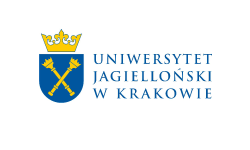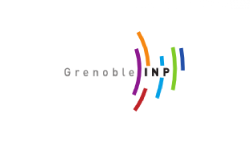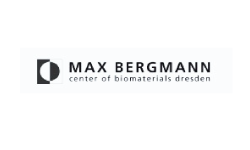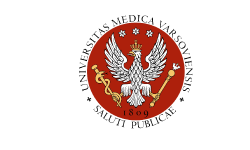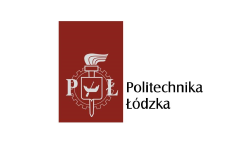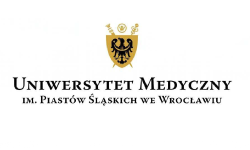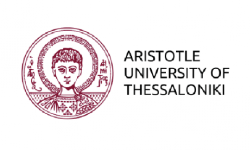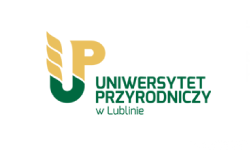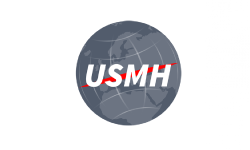Szczegóły: Colloids and Surfaces B: Biointerfaces (2021) 111624
Źródło: https://doi.org/10.1016/j.colsurfb.2021.111624
The main purpose of the work was to develop a drug releasing coatings on the surface of medical devices exposed to blood flow, what should enable effective inhibition of blood coagulation process. As a part of the work, the process of encapsulating the anticoagulant drug eptifibatide (EPT) in poly(DL-lactic-co-glycolic acid) (PLGA) nanoparticles was developed. EPT encapsulation efficiency was 29.1 ± 2.1%, while the EPT loading percentage in the nanoparticles was 4.2 ± 0.3%. The PLGA nanoparticles were suspended in a polyanion solution (hyaluronic acid (HA)) and deposited on the surface-treated thermoplastic polyurethane (TPU) by a layer-by-layer method. As a polycation poly-L-lysine (PLL) was used. The influence of released EPT on the activation of the coagulation system was analyzed using dynamic blood tester. Performed experiments show an effective delivery of the drug to the bloodstream and low risk of platelets (membrane receptor) activation. The dynamic blood test process, including its physical phenomenon, was described using numerical methods, i.e. a finite volume cone-and-plate test model as well as non-Newtonian blood models. The values of shear stress and blood flow velocity under the fast-rotating cone were computed applying boundary conditions of cylinder wall imitating blood-nanomaterial interaction. Implementing boundary conditions as initial shear stress values of bottom cylinder wall resulted in the increase of shear stress in blood under rotating cone. The developed system combining drug eluting polymeric nanoparticles with the polyelectrolyte “layer-by-layer” coating can be easily introduced to medical implants of various shape, with the advantages of resorbable drug carriers allowing for local and controllable delivery of anti-thrombogenic drugs.
Szczegóły: Cancer Drug Resistance 4 (2021)
Cancer is one of the biggest healthcare concerns in our century, a disease whose treatment has become even more difficult following reports of drug-resistant tumors. When this happens, chemotherapy treatments fail or decrease in efficiency, leading to catastrophic consequences to the patient. This discovery, along with the fact that drug resistance limits the efficacy of current treatments, has led to a new wave of discovery for new methods of treatment. The use of nanomedicine has been widely studied in current years as a way to effectively fight drug resistance in cancer. Research in the area of cancer nanotechnology over the past decades has led to tremendous advancement in the synthesis of tailored nanoparticles with targeting ligands that can successfully attach to chemotherapy-resistant cancer by preferentially accumulating within the tumor region through means of active and passive targeting. Consequently, these approaches can reduce the off-target accumulation of their payload and lead to reduced cytotoxicity and better targeting. This review explores some categories of nanocarriers that have been used in the treatment of drug-resistant cancers, including polymeric, viral, lipid-based, metal-based, carbon-based, and magnetic nanocarriers, opening the door for an exciting field of discovery that holds tremendous promise in the treatment of these tumors.
Szczegóły: Dental Materials 2021, 37(1), 10-18
Źródło: 10.1016/j.dental.2020.09.018
